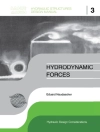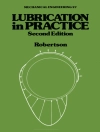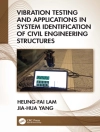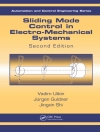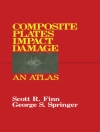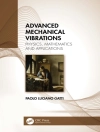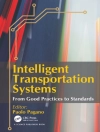This book offers a snapshot of the latest research and developments in road and railway vehicle dynamics. Gathering peer-reviewed contributions to the 27th Symposium of the International Association of Vehicle System Dynamics (IAVSD), held online on August 17–19, 2021, from Saint Petersburg, Russia, it offers extensive information for both researchers and professionals in the field of ground vehicle dynamics, control and design. It covers cutting-edge methods and solutions for solving ground vehicle system dynamics-related problems, concerning control and monitoring, performance, safety and braking of road and rail vehicles, including electric and autonomous ones. Further, it reports on significant advances in vehicle design, and important applications to improve ride comfort. Overall, the book provides academics and professional with a timely reference guide on theories and methods to understand, analyze and improve vehicle stability and dynamics in a broad range of different operating conditions.
Chapter ‘Experimental Validation of a Semi-physical Modelling Approach of the Influence of Tyre Rotation on the Vertical Tyre Force Transmission and Tyre Kinematics’ is available open access under a Creative Commons Attribution 4.0 International License via link.springer.com.
Mục lục
Multi-Degree of Freedom Dynamic Vibration Absorber of the carbody of High-speed Trains.- Active Modal Control of an Innovative Two-axle Vehicle with Composite Frame Running Gear.- A Research Facility for the Next Generation Train Running Gear in true Scale.- Implementation of Steering Control of Full Scale Railway Vehicle Assembling Independently Rotating Wheels with Negative Tread Conicity.- Improvement of high-speed vehicle vertical ride comfort with semi-active primary suspension.- Railway Bogie Diagnostics using Machine Learning and Bayes Net Reasoning Approaches.- Condition Monitoring and Evaluation of Railway Vehicles using New Index Values Consisting of Wheel Load and Lateral Force.- Validation of a driverless railway vehicle control unit algorithms through real-time vehicle simulation.


